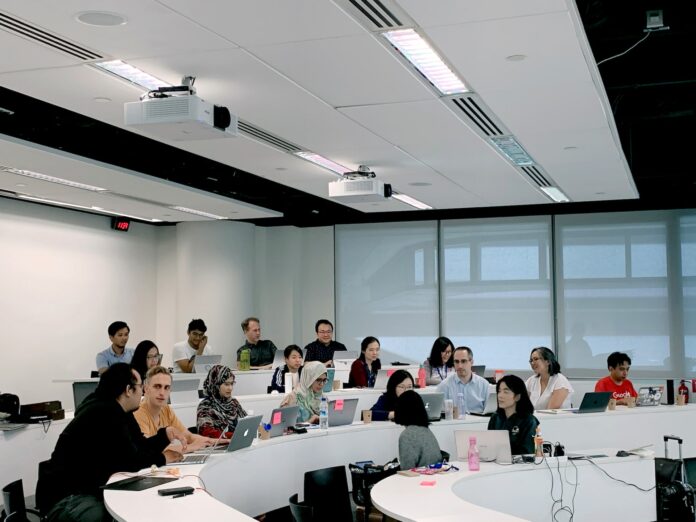It’s believed that technology can do more harm than good for students. Adults think that learners only use the Internet for fun, finding academic writing help like at WritePaperForMe to get help with their papers, or to game. Well, it’s simply not the right perspective on the true importance of technology. Sure, students use the digital world to deal with their academic overload. Yet, there is so much more to modern technology in education.
Nowadays, students can enjoy much more engaging, fun, and productive studying environments in classrooms, all due to ed-tech represented by devices and pieces of software. Plus, such cooperation between the tech industry and the educational sector is only the beginning of a long chain of changes in the education system. Overall, here are five main benefits of having tech-infused classrooms that we know of today.
1. Higher engagement
Technology has the power to make everything more interactive and engaging. So, why do we put such a big emphasis on the engagement level in education? Is it even important to students? Well, it turns out engagement has everything to do with memory retention, attention, interest levels, and participation. The more students are interested in the lesson, the better they receive and memorize new information. Thus, higher engagement levels mean greater learning results.
So how does technology create such fun classrooms? There are many opportunities here. Each year the tech market releases more and more products designed specifically for education. Thus, students can enjoy learning apps and games, media, VR, and AR that can deliver school programs and more. Not to mention the various forms of media that also make a great addition to learning programs. All of these pieces of technology combined or by themselves make a classroom quite a fun place to be.
2. Enhanced personalized learning
Nowadays, learners can enjoy much more personalized learning than students before them. Such an opportunity is possible due to modern ed-technology, of course. Such software is meant to cater to each student’s needs individually. Thus, students have programs aimed at their learning style, pace, best learning methods, etc. Moreover, such programs can read what learners need to enhance in the given programs, where they perform the best, and where some adjustments are required.
Moreover, personalized learning means empowering and enhancing confidence among students. It can show students’ progress and achievements. Thus, they receive positive information that assures them of their learning abilities. With such an approach, learners are also more inclined to receive criticism as well. Overall, ed software can serve a role of a personal tutor for each student. Thus, students benefit from greater attention to their learning and optimized lessons to their pace and abilities.
3. Free access to information
It’s no secret that the Internet has made all information open and free. Of course, it’s a massive change in the world of education. Now, everyone can get access to any information they need within a few seconds. Sure enough, such a game changer has also affected classrooms. First, students are now free to double-check check information they receive. They can search for alternative sources of information, create their own judgment and seek additional data for their lessons. Hence, students practice their research, analytical and critical skills.
Secondly, teachers can also enjoy a greater variety of teaching materials online. Hence, they don’t have to rely only on the resources provided by the school. Now, teachers can look for materials on the Internet to diversify their teaching programs and find the best ways to deliver information.
4. Teacher’s help
There is a common belief that computers and technology will soon replace teachers in their jobs. Well, that’s a myth we should debunk right away. Most modern ed-tech is designed to help educators in their work. Hence, most such programs strive to make it easier for teachers to do their job. Ed software can take away most mundane, repetitive, and secondary tasks from educators so that they can focus on their prior responsibilities.
So, educators can focus on their students and their needs while technology can check tests, fill out the forms, evaluate students’ reports, etc. All these tasks are not as important as attending to the individual needs of each student. So, educators have better chances of speaking and helping each student in a classroom, while technology takes care of less important responsibilities.
5. Digital literacy
Young people will only benefit from having technology integrated into their lessons from an early age. After all, we are entering the technological era. Thus, technology will play a major role in everyone’s inclusion and professional success. So, the more students learn about technology and how to use it, the more prepared they will be for the future.
Of course, most young people interact with the digital world on a daily basis. Yet, classrooms offer a more responsible, professional, and structured way of tech engagement. Hence, learners receive their first lessons on digital literacy in a safe and secure environment. Such lessons are critical when remembering the tough competition in the job market and the value of tech skills.











